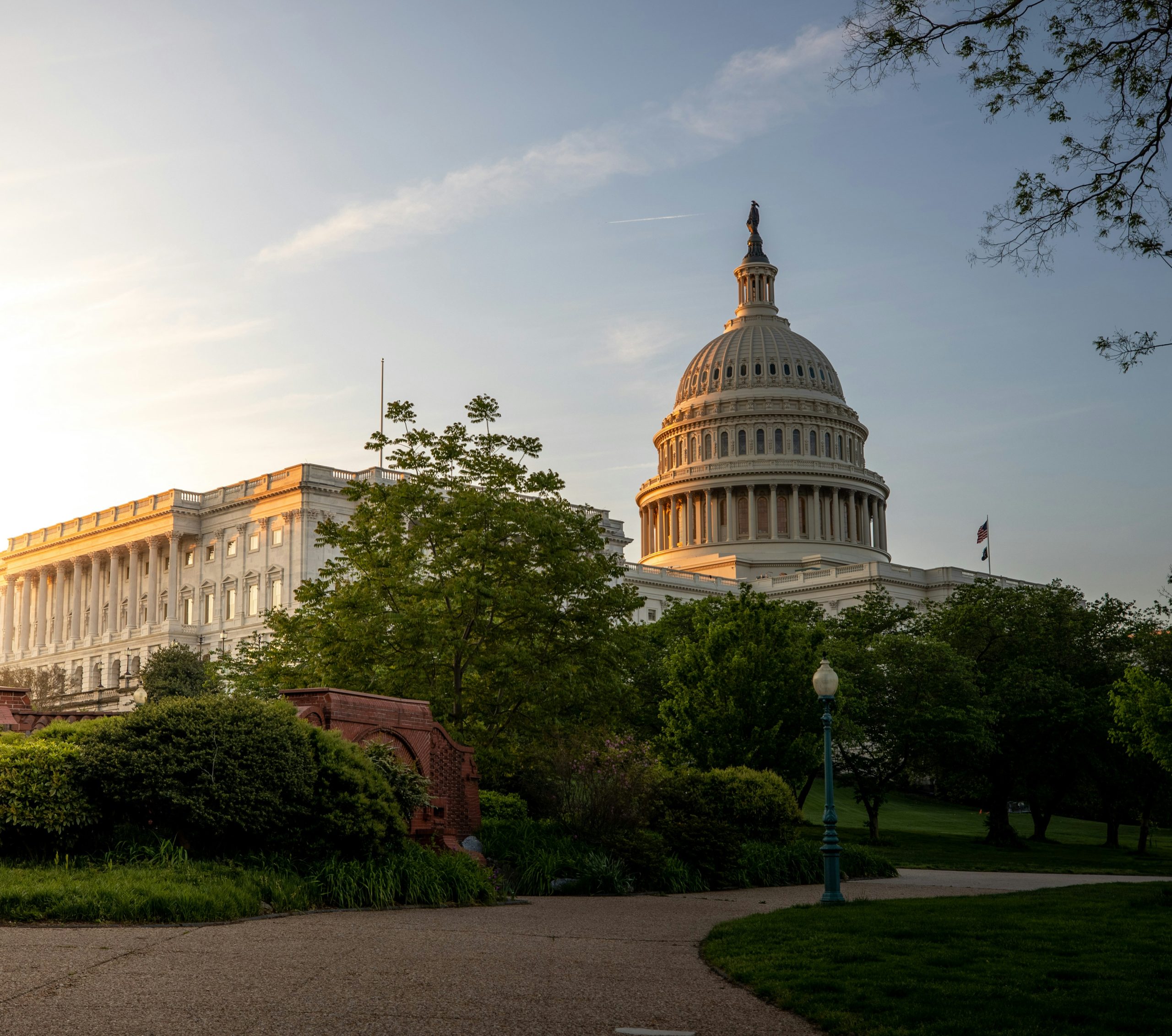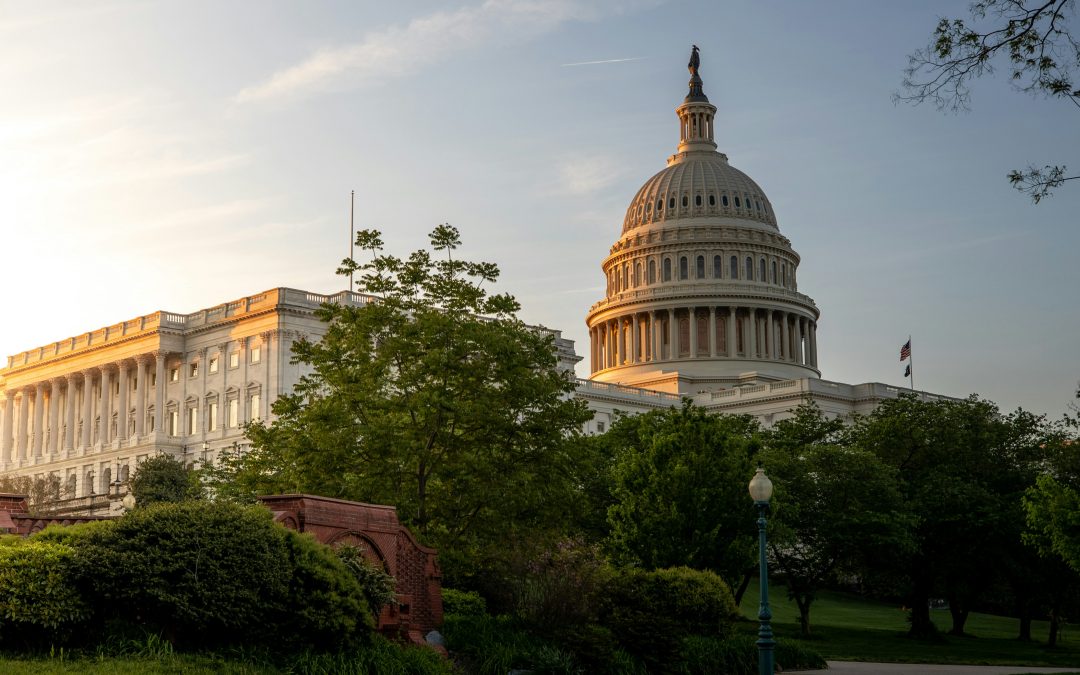The Power of Definition – Special District Funding and Data Impacts
The lack of a single, consistent definition of “special district,” coupled with the geographic non-classification, commonly leads to the oversight of special districts and, ultimately, their inclusion and access to federally-sourced funding resources intended for local governments’ critical infrastructure and essential community programs.
What Are Special Districts?
A special district is a local unit of government established to provide a specific service, or set of public services, to a community. These local government units are political subdivisions of a State, with specified boundaries and significant budgetary autonomy or control. Special districts, like other units of local government, are formed as political subdivisions of a state. All 50 states define the scope of public services special districts may provide in a state, define districts’ purpose, and their structures, in what are known as “enabling acts” or “principle acts.” The result is a form of local government that altogether presents itself on paper as a web of structural complexities, more so than other forms of municipal, educational, or county unit of government. In practice, though, special districts are one that facilitates an effective model for the hyper-local delivery of reliable public services that enhance the quality of life, move economies, and provide a lifeline for millions of Americans each and every day.
Special districts exist in all 50 states, each with different state “enabling acts” or laws outlining how each type of special district in the state can be created, their structures, and their authorities to execute local services. These special districts are special purpose units of local government exclusive of local education agencies, e.g. school districts, regional education districts, vocational development districts, and community college districts. This sector of local government is referred to in different fashions across states, referred to as “special purpose districts,” “special taxing districts,” “special purpose governmental entities,” “authorities,” “municipal authorities,” or simply “taxing district.”
Data Collection
Across the nation, special districts’ governmental data, statistics, and even budget figures are inconsistently collected and reported. The consequence of the inconsistency drives hardship for the U.S. Census Bureau to collect the capture picture of the nation’s special districts. Still, the Bureau’s semi-decennial Census of Governments is the best official and consistent measurement of the nation’s state and local governments – including for the special district sector.
The 2022 Census of Governments counted 39,555 units of special district government across 38 unique special district functions in 50 states and the District of Columbia. Examples of these functions include water supply, fire protection, parks and recreation, electricity, resource conservation and much more. Through analyzing this data coupled with other Census surveys and products, we can begin to shed light on special districts’ significance. For instance, we understand that special districts provide 6 percent of all local government jobs in the United States. When removing local education agencies, the local government workforce becomes 12 percent, altogether injecting an estimated $300 billion dollars annually into local, regional, and state economies.


So what’s the problem?
Though each of the 50 states’ special districts are defined through enabling acts, there is no single, standard national or federal statutory reference to what a special district is, which presents a range of complications for special districts. Additionally, the federal government does not consider special districts as a geographic entity. As a consequence, the U.S. Census Bureau is unable to provide population and household statistics for special districts. This means federal agencies are unable to certify population and household data that districts may submit for funding and program applications.
District data is non-standard and collection methods are varied. This creates a series of inefficiencies for the Census Bureau, for state auditors and controllers, and for County government reporting. Inconsistent definition and challenges in data collection materialize as broad misrepresentation of services provided or misclassification of organizations as special district government units (joint powers authorities and public insurance pools, for example, appear in Census data). Roughly 6,000 Special District government units are classified as “single-function” or “multi-function”. This ambiguous classification presents significant challenges in data analysis, particularly concerning economic and workforce impact.
Is there a solution?
The problems surrounding Special Districts and data collection related to these units of government are numerous. However, the best possible step toward a solution is H.R. 7525, referred to as the Special District Grant Accessibility Act. This legislation would set a single statutory definition of “Special District” and require federal agencies to adopt this definition via directive from the Office of Management and Budget (OMB). Special Districts would then be considered as local government units for the purpose of financial assistance determinations.
This does not begin to solve all issues surrounding the districts and their data, though. Significant national and state data leadership, alongside close collaboration with the US Census Bureau, will be required to create a healthier, more efficient data collection landscape for Special Districts.



